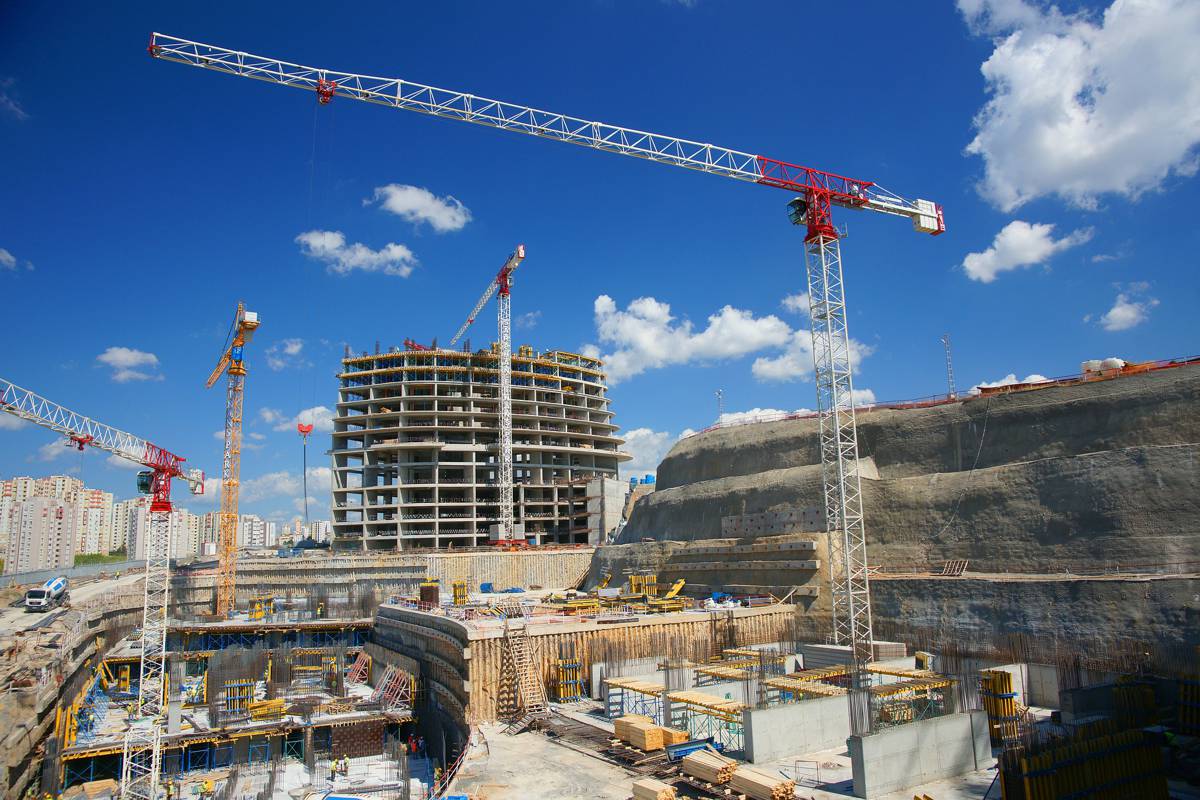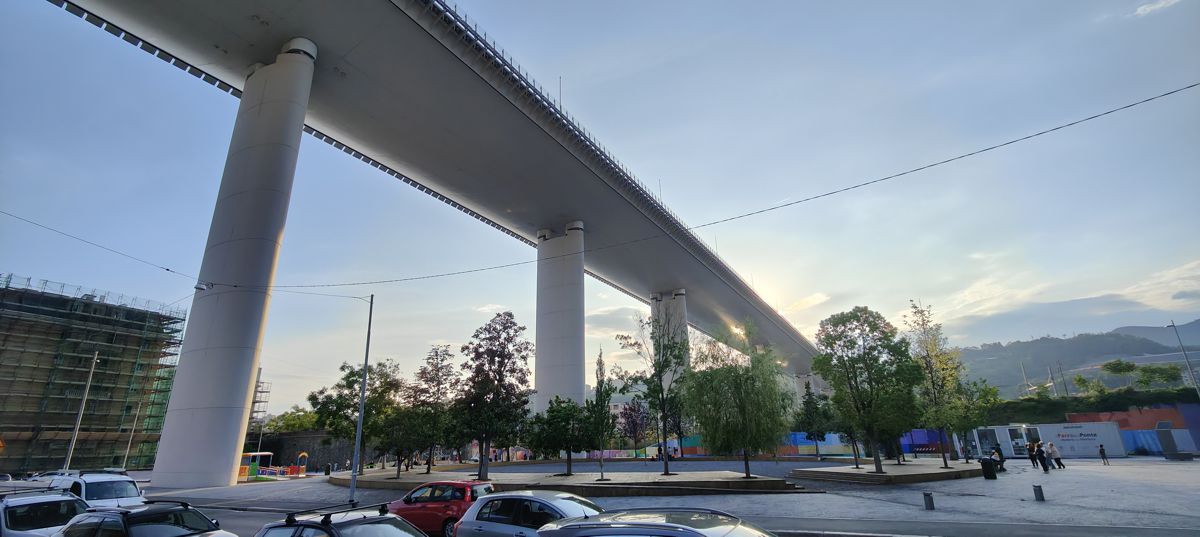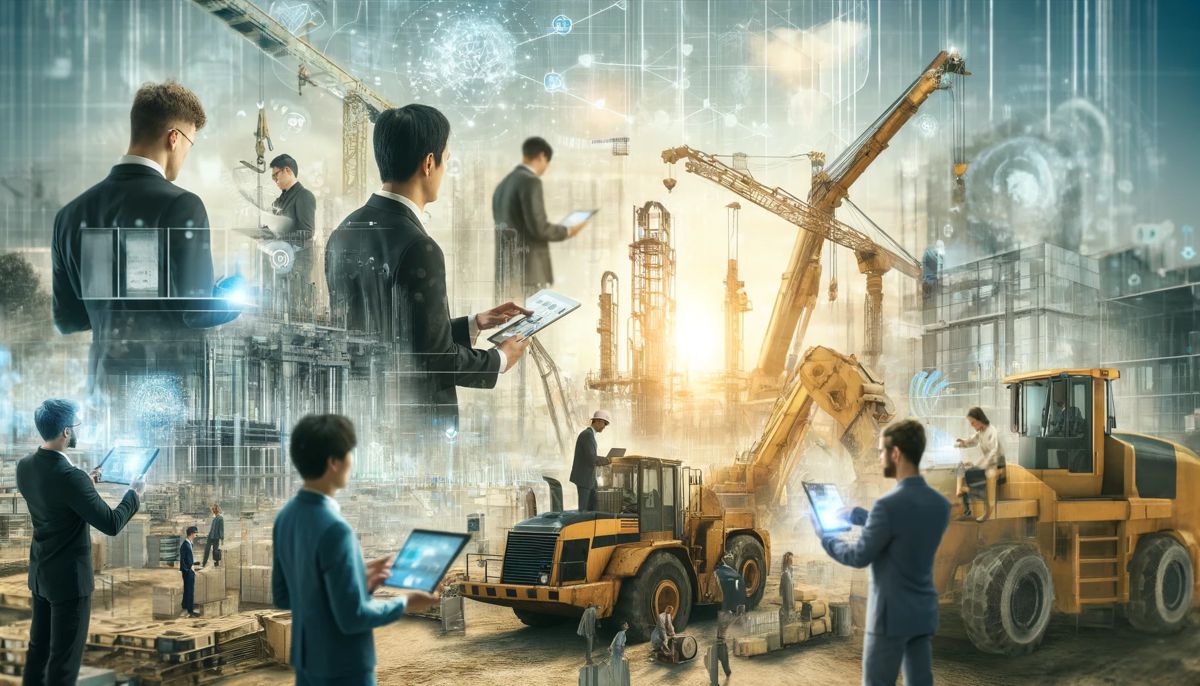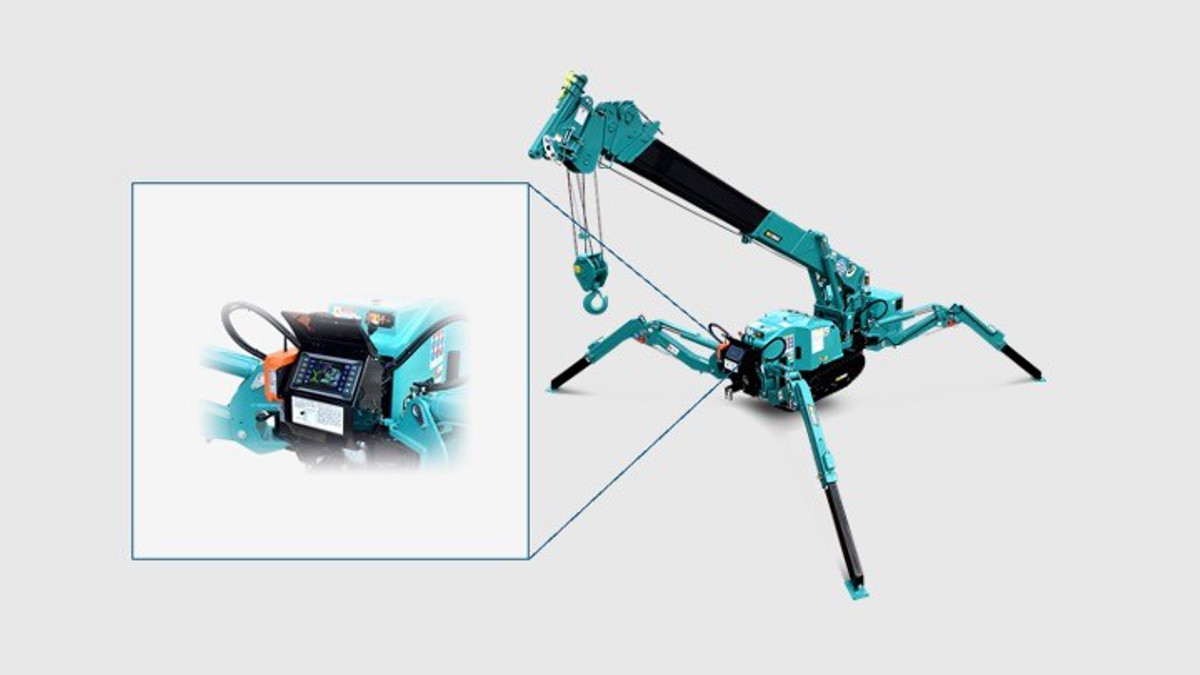Top 8 challenges with Inner City Construction
Construction can be a complex and challenging process no matter where the work site is. With so many stakeholders, building codes, and unpredictable factors involved, the path from design to project completion is rarely straightforward. Building in the inner city amplifies these difficulties.
Nearly 39% of the U.S. population lives in just 4% of its cities. These areas are already remarkably crowded. Yet, as people keep moving there, demand for construction rises. As a result, the areas with the highest construction demand are frequently those with the most numerous challenges.
Here are the top eight challenges facing inner-city construction.
1. Safety
Safety is a leading concern on any construction site, but urban projects face even more hazards. Given the crowded nature of large cities, workers in these sites have less room to manoeuvre. You also may be closer to busy streets, which can endanger both construction teams and passers-by.
Between 2008 and 2014, there were 155 injuries involving pedestrians passing construction sites in New York City alone. Hazards like falling objects and moving vehicles are even more dangerous to civilians, who don’t have the same training or PPE. Given these increased risks, urban construction teams need to take extra precautions.
Workers should check their surroundings thoroughly before working with heavy machinery. That includes the area immediately outside of the work site. Posting clear signage around the site can also help keep passers-by out of harm’s way.
2. Legal Restrictions
Any construction project has to work through plenty of legal documents and processes. Inner-city projects have even more restrictions to navigate, given their wider potential impact. These regulations can limit teams, increase expenses, and delay completion times.
Zoning laws, for example, are relevant for any construction site but are typically more strict in large cities. With less available land, local authorities have to be more thoughtful about what types of buildings go where, as well as how large they can be. Even after getting all of these planning considerations in order, you’d still face restrictions on how construction can proceed.
For example, in New York City, commercial construction can only take place between 7 a.m. and 6 p.m. on weekdays. If you work outside these hours, you could face hefty fines. Even when you only operate during these hours, you can still face noise restrictions.
3. Utility Access
Managing utilities is rarely straightforward, but in crowded cities, it becomes even more challenging. Urban areas have more utility infrastructure, so there’s more to work around when laying the groundwork for a project. You’ll likely have to reroute underground power or sewage lines while constructing a building’s foundation.
With more to run into, you need to coordinate carefully with local utility companies and authorities. If you don’t know where everything lies, you could accidentally cut off power or water to a large area. Doing so will incur even more delays and expenses.
Connecting your project to utilities is also a challenge. Utility companies in a large city likely have their hands full much of the time, so you may need to organize with them early on. With less room to move, you also have to be careful about how you route wires and pipes into your building.
4. Space Limitations
Since cities are much more densely populated than rural areas, you have less room to build. In California, for example, the median lot for a single-family home is just 0.14 acres, compared to the national average of 0.2 acres. Lot size aside, when you’re building in the city, you’re likely situated close to roads, finished properties, and civilians. This further restricts available space.
These space limitations affect virtually every part of construction. You have to be more mindful about moving machinery since you could easily bump into obstacles or endanger pedestrians. If you mismeasure something, you could run into further space problems, requiring you to redo a portion of the building.
Modern technology helps mitigate the impact of these limitations. For example, laser measuring tools provide more accurate readings and prevent measurement errors. If you’re building in a dense urban environment, make sure you take advantage of these technologies.
5. Disruption
When you’re building in the inner city, you also have to consider disruptions to the surrounding community. Traffic in large cities is typically slow and crowded enough on its own, but your project could close lanes and exacerbate the situation. On top of potentially making people late to work, traffic disruptions could increase the risk of an accident.
As mentioned earlier, you also have to keep noise to a minimum, which is challenging with heavy machinery and power tools. If you get too loud and someone complains, it can be costly. For example, in Portland, Oregon, noise violations can incur fines of up to $5,000 per incident.
If you’ve only worked on projects in more rural areas, you haven’t had to keep these issues in mind. With more people, traffic, and buildings around, your actions have further-reaching impacts.
6. Cost
Budget overruns are an issue throughout the entire construction industry. People often point to a McKinsey study that found that large projects go up to 80% over budget and 20% over schedule. Inner-city construction could be a significant factor behind this, as it makes up a considerable portion of new projects and features high expenses.
Since urban projects have to meet more stringent legal requirements, they frequently involve higher fees. Purchasing land is also more expensive in the city, as there’s higher demand. With stricter working hours, you may take longer to finish a project, leading to higher equipment and personnel costs.
Consider that many construction professionals earn more than $40,000 a year, and keep in mind how long an urban project takes. After months of work, salaries alone start to cost construction companies quite a bit.
One way to help mitigate these high costs is by ensuring all equipment is in optimal condition. Extended warranty plans can extend coverage for up to 60 months, helping reduce maintenance costs and prevent costly breakdowns. Saving money here will help lessen the blow of other expenses.
7. Environmental Impact
One newer challenge with inner-city construction is a project’s environmental impact. In recent years, people have grown more concerned about the sustainability of industries like construction. Since cities already account for 60% of global greenhouse gas emissions, many are trying to keep their carbon footprints to a minimum.
You may encounter emissions regulations or other restrictions in large cities in the coming years. Given the industry’s reliance on fossil fuel-powered heavy equipment, sustainability isn’t easy in construction. As these issues become more prominent, city construction teams could face difficulty in this area.
There is a bright side to this trend. If you have the resources to build with minimal waste and emissions, it could increase your chances of finding inner-city projects.
8. Logistics
Inner-city construction also involves unique logistical challenges. Delivering materials and equipment can be difficult when you don’t have as much room on roads for trucks to move. Some vehicles may even be too large to navigate tighter city streets.
Smaller lot sizes make setting up loading zones a challenge, too. You could spill into the street, but this could cause further disruption and may require additional permits. You’d also have to coordinate with traffic-control authorities to clear the necessary space.
Finding parking for all workers can be difficult, too. You can try to secure a dedicated parking area, but if there’s nothing available, people may have to park on the street or use paid lots.
Inner-City Construction Can Be Complicated
Construction projects are rarely straightforward, which is why the industry is known for frequent cost and schedule overruns. Working in the inner city, where many new projects are unfolding, is even more challenging. If you’re looking into urban work, keep all of these factors in mind.
Inner-city construction is increasingly complicated, but it’s far from impossible. If you know what challenges to expect, you can plan accordingly. The process will go over much more smoothly with the proper preparation.















